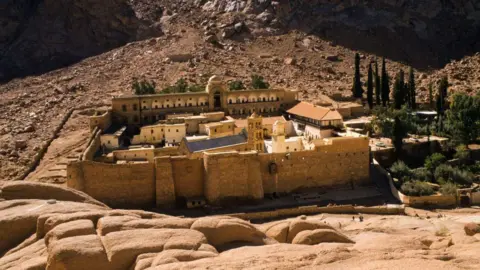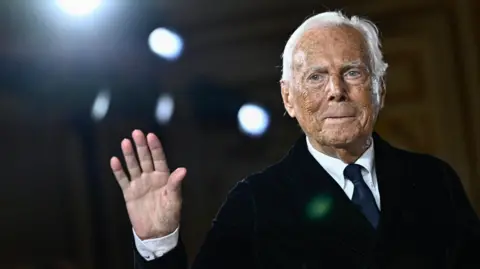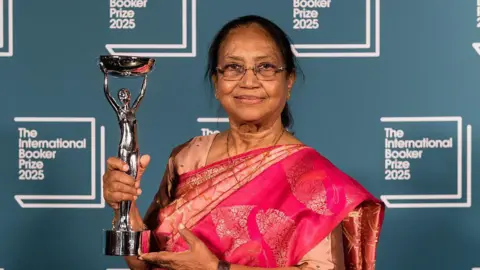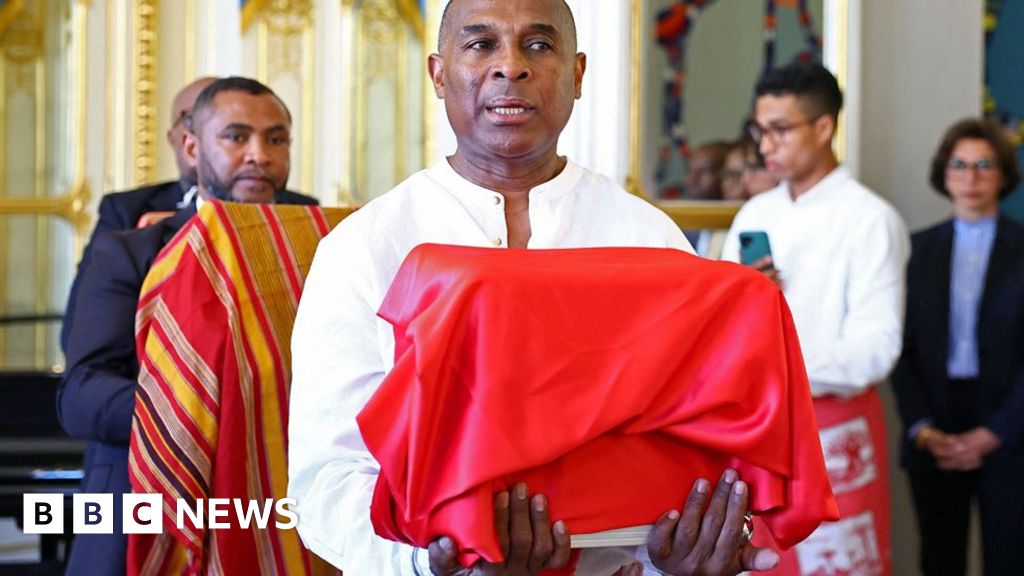The recent exhibition titled "Gamchha: From the Ordinary to the Extraordinary" in Delhi has brought attention to a fabric long taken for granted—the gamchha. This traditional scarf, commonly seen throughout India as a multipurpose item, serves as a towel, turban, or cushion. Jaya Jaitly, founder of Dastkari Haat Samiti, which hosted the exhibition, remarked on the need to spotlight this "social equality symbol" that has historically evaded serious attention.
The exhibition displayed over 250 gamchhas from 14 states, showcasing the diversity of designs—from Kerala's delicate white gamchhas with thin colored borders to Assam’s richly embroidered cotton "gamusa." In recent months, similar exhibitions have emerged, redefining Indian textiles by focusing on lesser-known yet significant pieces rather than the opulent silks often highlighted.
Curated by various art and craft organizations, these exhibitions often occur in unconventional settings, away from the glitz of popular urban centers. They emphasize the importance of local artisans over elite-trained designers, promoting a more egalitarian approach in the textile industry. According to Ritu Sethi of the Crafts Revival Trust, advancements in technology and social media are now helping to remove the anonymity surrounding craftspeople.
These movements seek to include textiles' broader historical context, addressing the intricate relationship between fabric making and social realities shaped by caste and class struggles. Acclaimed designer David Abraham emphasizes the deep cultural roots of textiles in India, aiming to reaffirm their importance in contemporary society.
Recent exhibitions like "Textiles of Bengal: A Shared Legacy" in Kolkata showcase unique textile traditions, featuring a variety of never-before-seen fabrics and garments delivered through engaging performances and workshops. The presence of Haji Rumals—embroidered religious textiles with a rich heritage—illustrates the connection between the cultural identities of India and neighboring Bangladesh.
Moreover, the "Pampa: Textiles of Karnataka" exhibition honored the traditional crafts of marginalized communities, portraying textiles as a means of storytelling and resilience. Exhibitions like "Surface: An Exhibition of Indian Embroideries and Surface Embellishment as Art," highlight the conversion of textile techniques into modern art formats, indicating a future-oriented approach.
The showing of historical textiles often reveals gaps in documentation, as pointed out by Lekha Poddar of Devi Art Foundation, emphasizing the need to archive India’s rich textile history. Consequently, collaborative efforts are underway to inspire a new generation of designers by showcasing their rich textile legacy.
As curators like Mayank Mansingh Kaul express optimism for future exhibitions, there is a collective hope that this creative renaissance will not only celebrate the artistry of textiles but also elevate and educate audiences about the significance of India's diverse textile narrative.



















